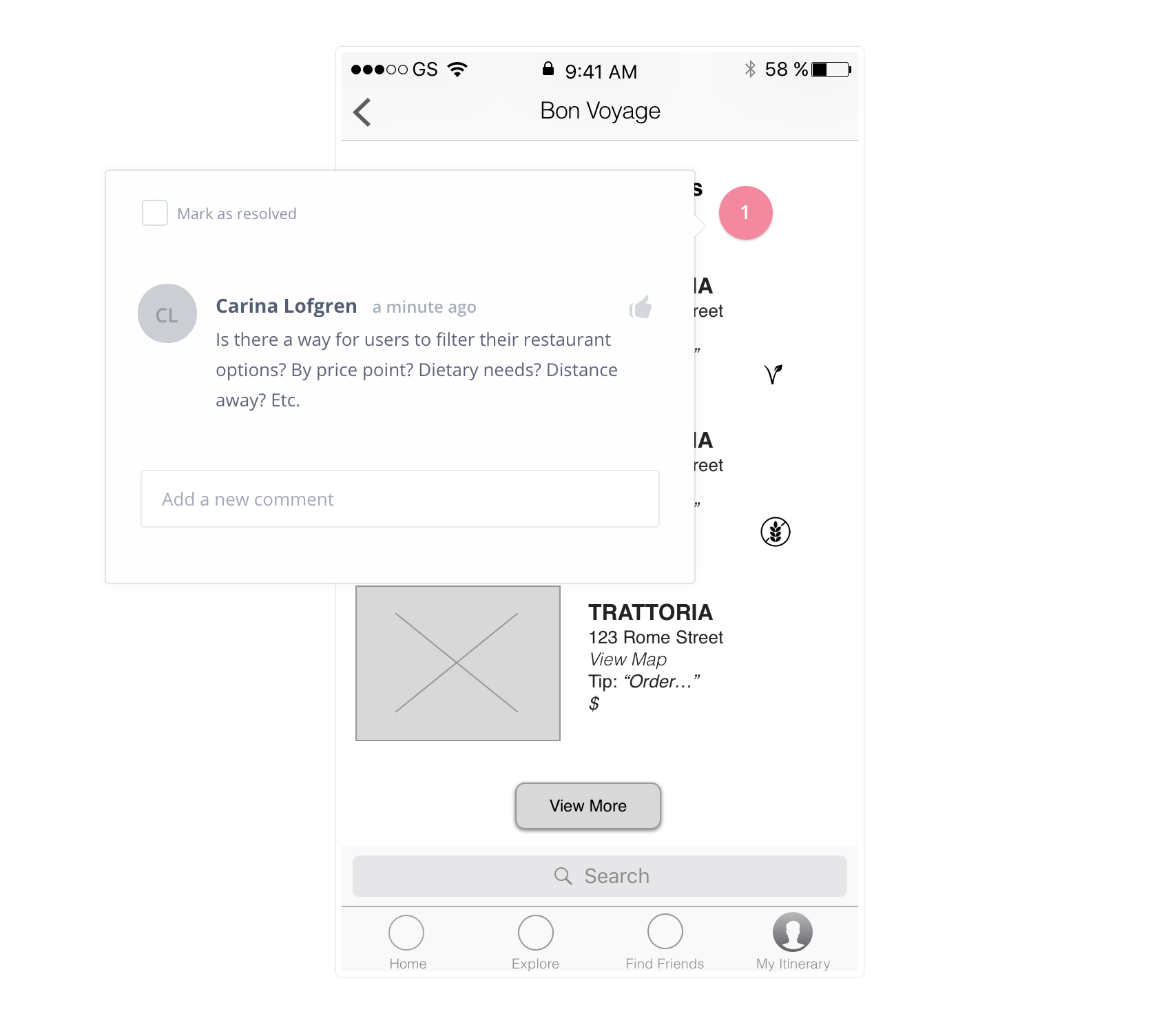Background
Flatiron School offers accelerated learning programs in coding, data science, and UX/UI Design. Its mission is to break down the high-cost barrier to entry that comes with traditional four-year degrees, and graduates go on to work at companies like Google, Apple, BlackRock, and NASA.
To be successful, the programs need to be current with trends and teach students to be lifelong learners to keep up with the rapidly evolving tech industry. This requires constant curriculum iteration to ensure the courses stay relevant so students leave prepared for a job in the field.
I co-instructed the first 6-weeks of the UX/UI Design Program, which gives students a foundational understanding of research and design through building a mobile application.
Challenges
The class is 100% remote. While that’s great because it helps us reach more students, it comes with its challenges.
Students come from a variety of backgrounds with different skill levels in UX/UI Design. As an Instructor for the first phase of the program, the goal is to help each student grow as much as possible, while meeting each individual at their unique skill levels.
Meeting with students remotely via Zoom (from Mexico City 😃)
Student Personas
Erika. A Meteorologist from Montana. Wants to design products that combat climate change.
Ola. A single mother without a college degree. Lives in LA. Wants to provide a better life for her family.
Leroy. An MD in Cardiovascular Medicine. Lives in Boston. Wants to start a Biomedical company.
Brad. A recent college graduate with a major in Art and English. Lives in NYC. Is over working as a Barista.
Approach
As an Instructor, I oversee students to help them troubleshoot project blockers, and empower them to follow and improve on design processes. I do this by:
Teaching students how to solve large, complex problems, and maintain a growth mindset, in addition to teaching hard skills such as design best practices and how to use industry standard tools like Sketch and InVision
Providing timely, sometimes impromptu, constructive feedback on student deliverables to encourage their growth as designers
Advocating for student needs and overall wellness
Reflecting on the experience of each cohort and providing actionable recommendations for iterative improvements
To do this successfully, especially in a remote setting, communication is key.
Communication Tools
Zoom, Slack, InVision, Quicktime recordings, MeisterTask, Email
Communication Methods
Virtual 1:1’s, messaging, direct feedback on work
Process
Setting the Stage
With every cohort, I start by setting expectations with students. This is the first phase of the program and students have lots of questions. In order for them and me to be successful, we need to ensure we are on the same page.
Weekly Lessons
Each week, there is a lecture to go over course material and assignments, host group critiques, and answer student questions. Lectures are interactive, with the goal of encouraging students to further interact with the course content.
Frameworks
To help students understand UX and Design processes we teach them frameworks, such as the Stanford Design Thinking Model. As many students are new to design, frameworks help ground them in the process, and see how different phases work together.
Stanford Design Thinking Model:
Zooming In
In addition to macro processes, we also teach specifics such as UX and UI methodologies, tools, and best practices.
For example, after students learned about Rules of Effective UX Writing during lecture, students played a game where they identify statements which were more correct and explained why.
Do you know which is more correct?
Change your preferences in My Account OR Change your preferences in Your Account?
Why?
Giving and Receiving Feedback
As all student enter the program with different backgrounds and strengths, individualized attention is crucial for their growth. This is achieved through 1:1 check-ins via Zoom and grading.
During 1:1’s, I see how students are feeling, answer any questions, and go over their assignments for live critique. This individualized face time is important not only to ensure students are on track in the program, but also for connecting deeper with students and understanding their unique needs.
Further individualized attention is given during grading, as students receive feedback directly on assignments. This helps meet everyone at their current skill-level and give targeted feedback to help them grow no matter where they are in their learning process.
When giving feedback, we make sure to follow the ASK formula, which is constructive and encouraging:
Actionable: clear how a student can make positive changes to their work and improve
Specific: direct, calling out exactly where something does not work and articulating why
Kind: honest critique
During conversations or grading, students found additional external resources that reinforced learning extremely helpful. As many students struggle in similar areas, I curated resources—including Medium articles, YouTube videos, and Dribble designs—to help them with common challenges. This also helped expose students to thought leadership and noteworthy designers in the community.
Reviewing a Competitive Analysis and Domain Research assignment with a student during our weekly 1:1
Leaving feedback on a student’s wireframe using InVision
Iteration
In addition to student success, it is equally important to know how we, as instructors, are performing. To ensure we are continually making the program better, we constantly solicit and incorporate student feedback. They are, after all, our users :). This is done by asking students throughout the program, via Slack and 1:1’s how they are doing, as well as an end of phase survey.
Results
My goal is to help students grow into the best designers they can so at the end of the program they land a job that provides them a better future. When a student is eager to learn and ready to put in the work to grow, the results are transformational. It has been a joy to see students land dream jobs and apply their new skills to start their own companies.








